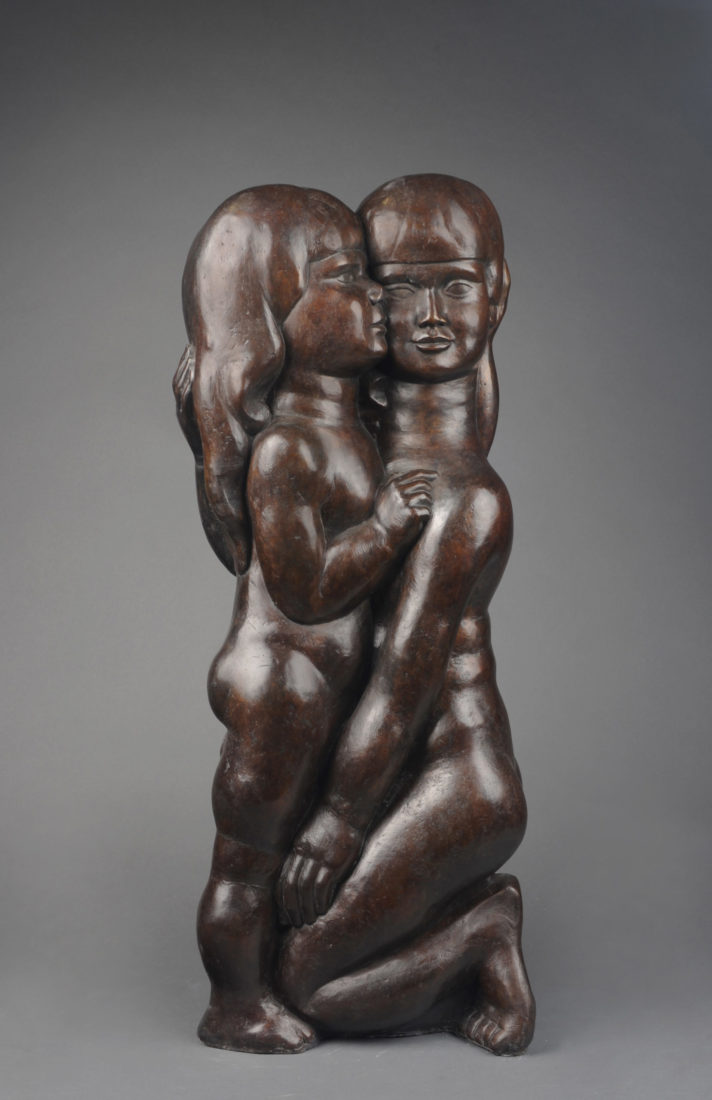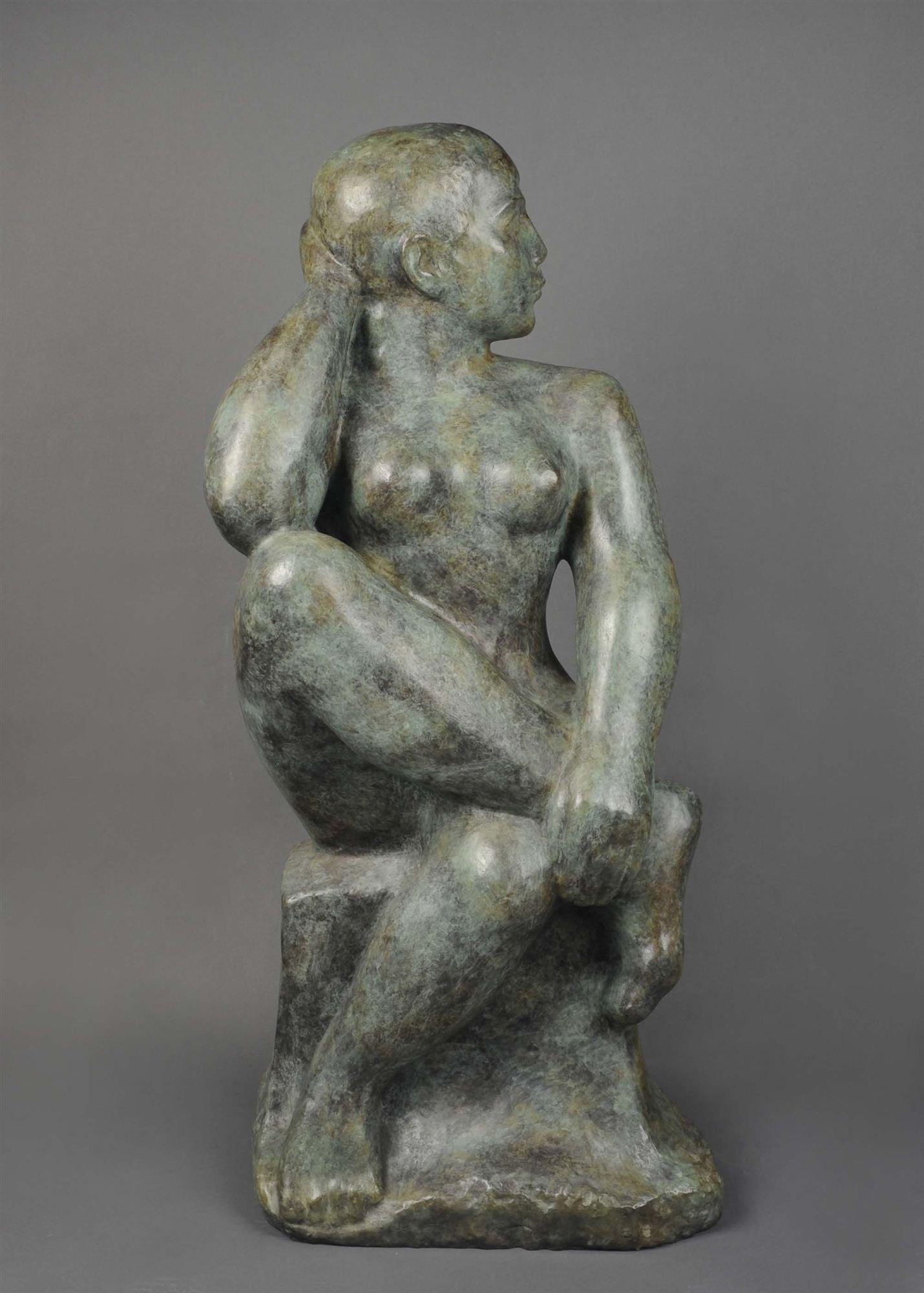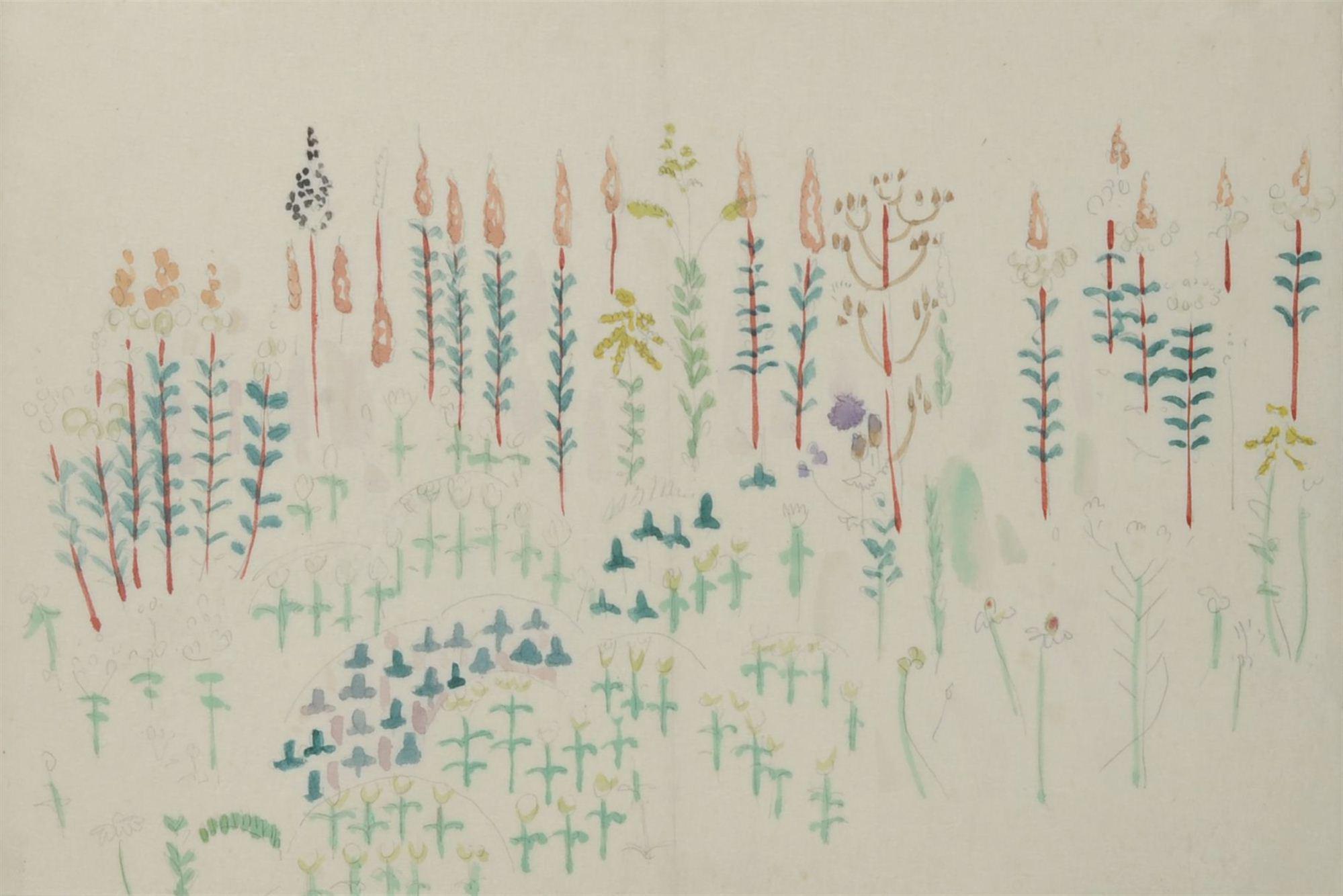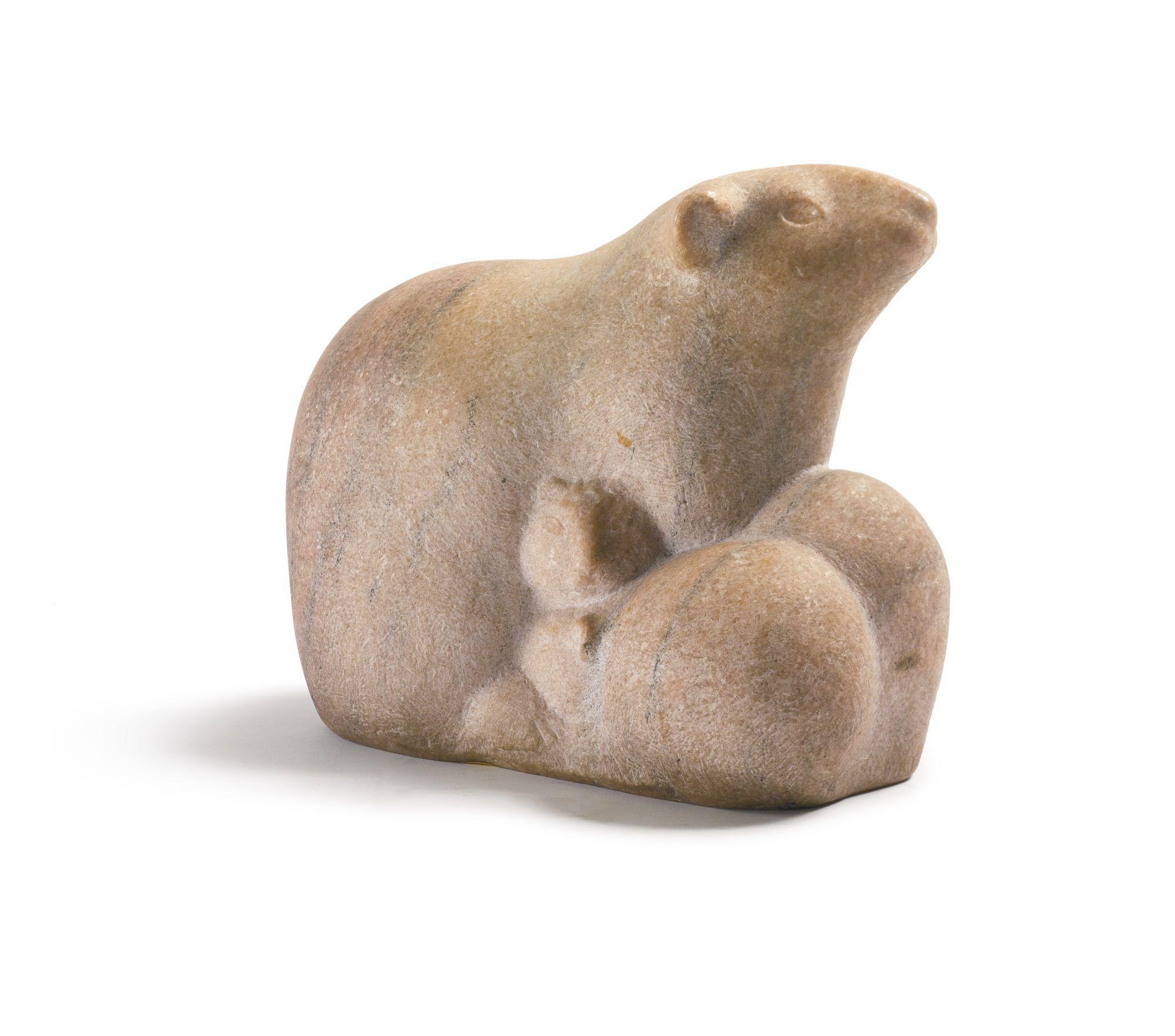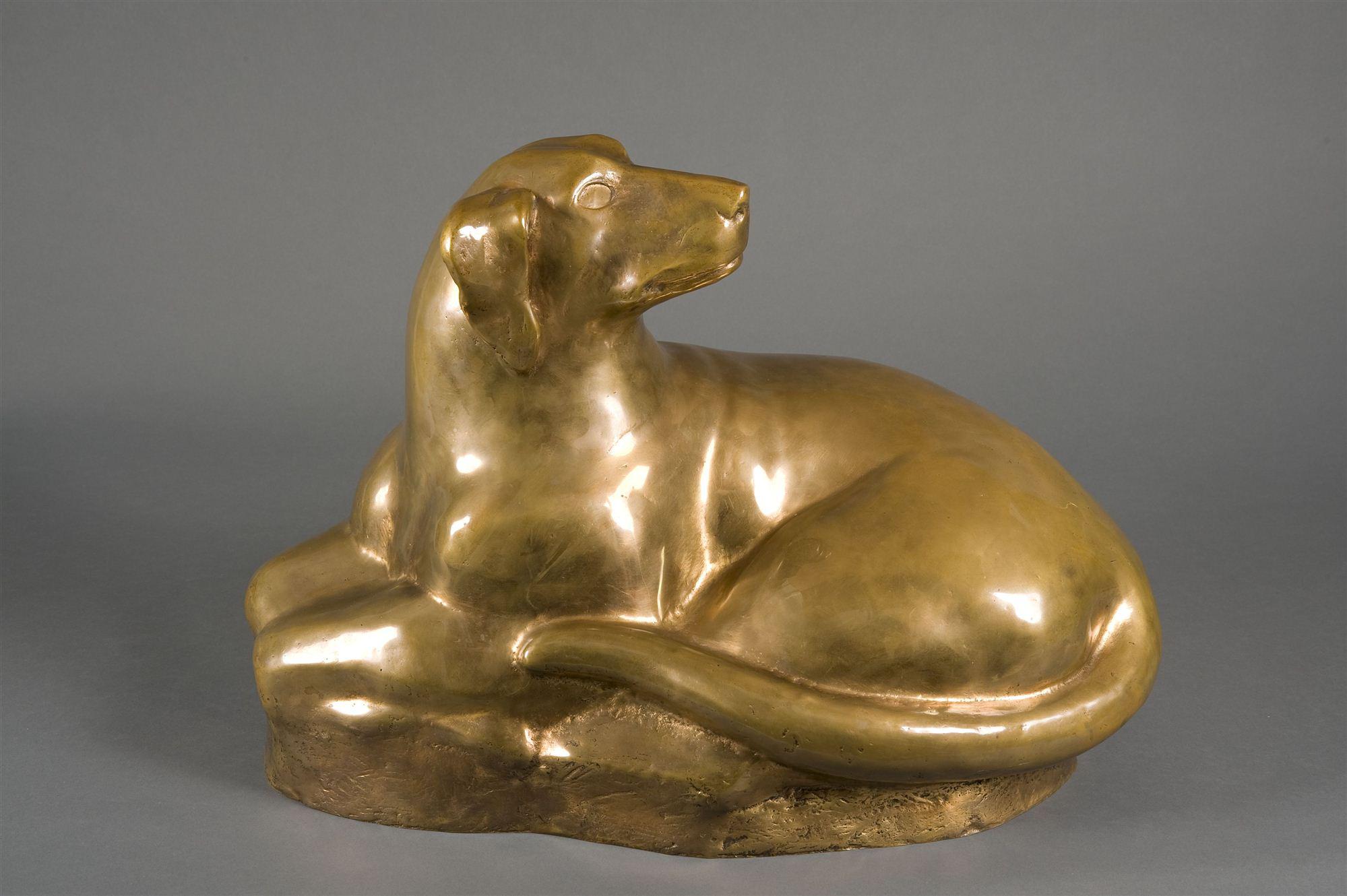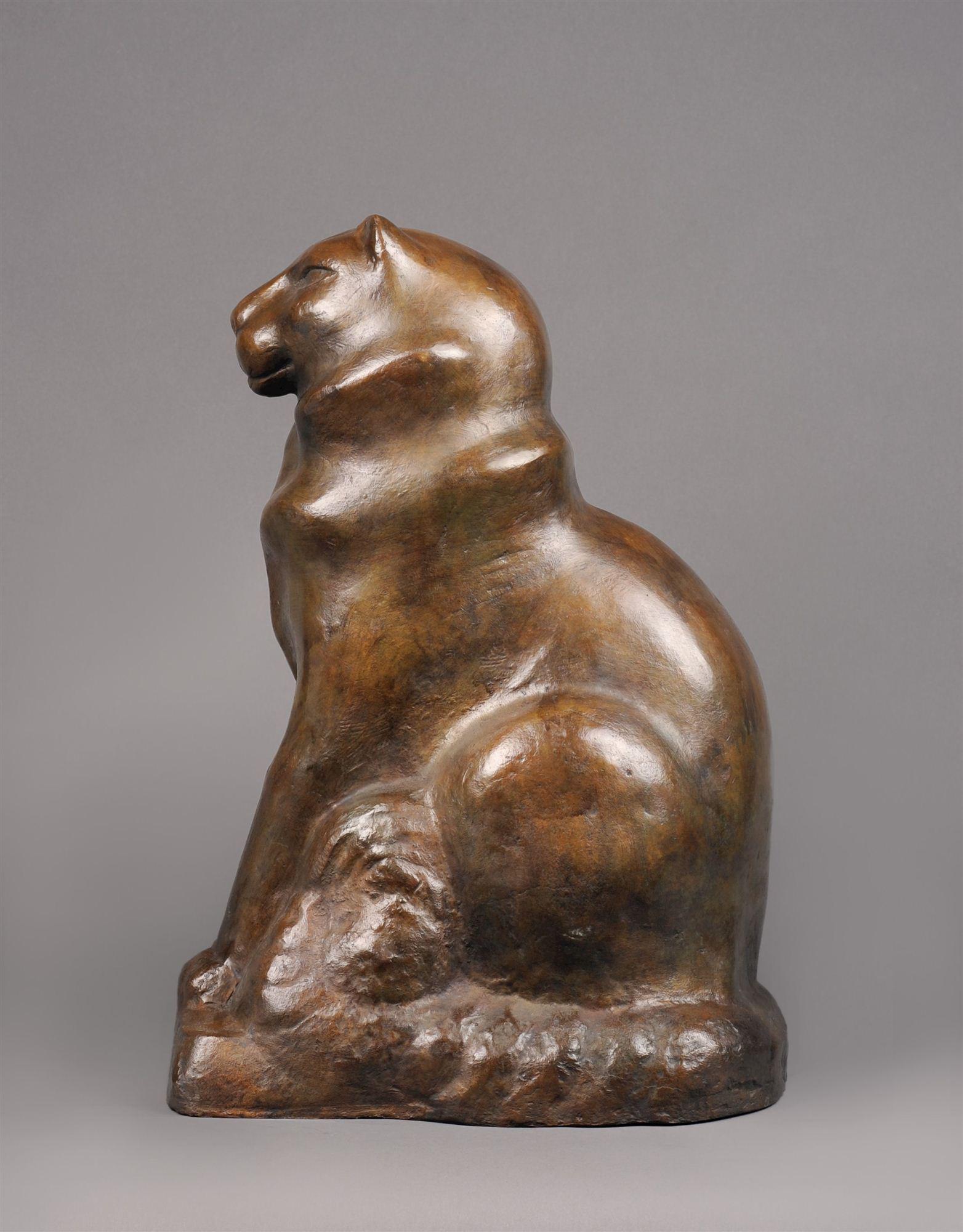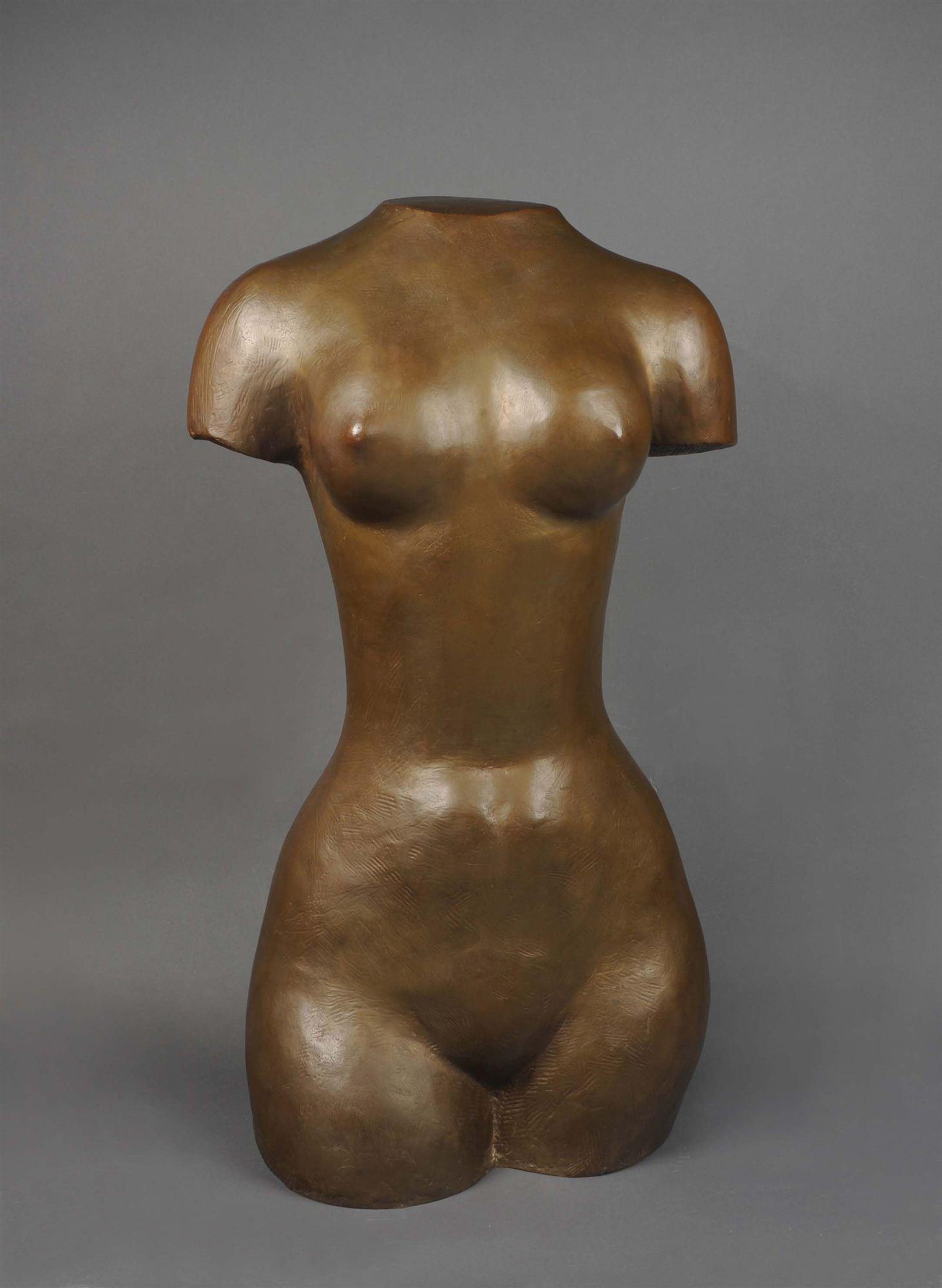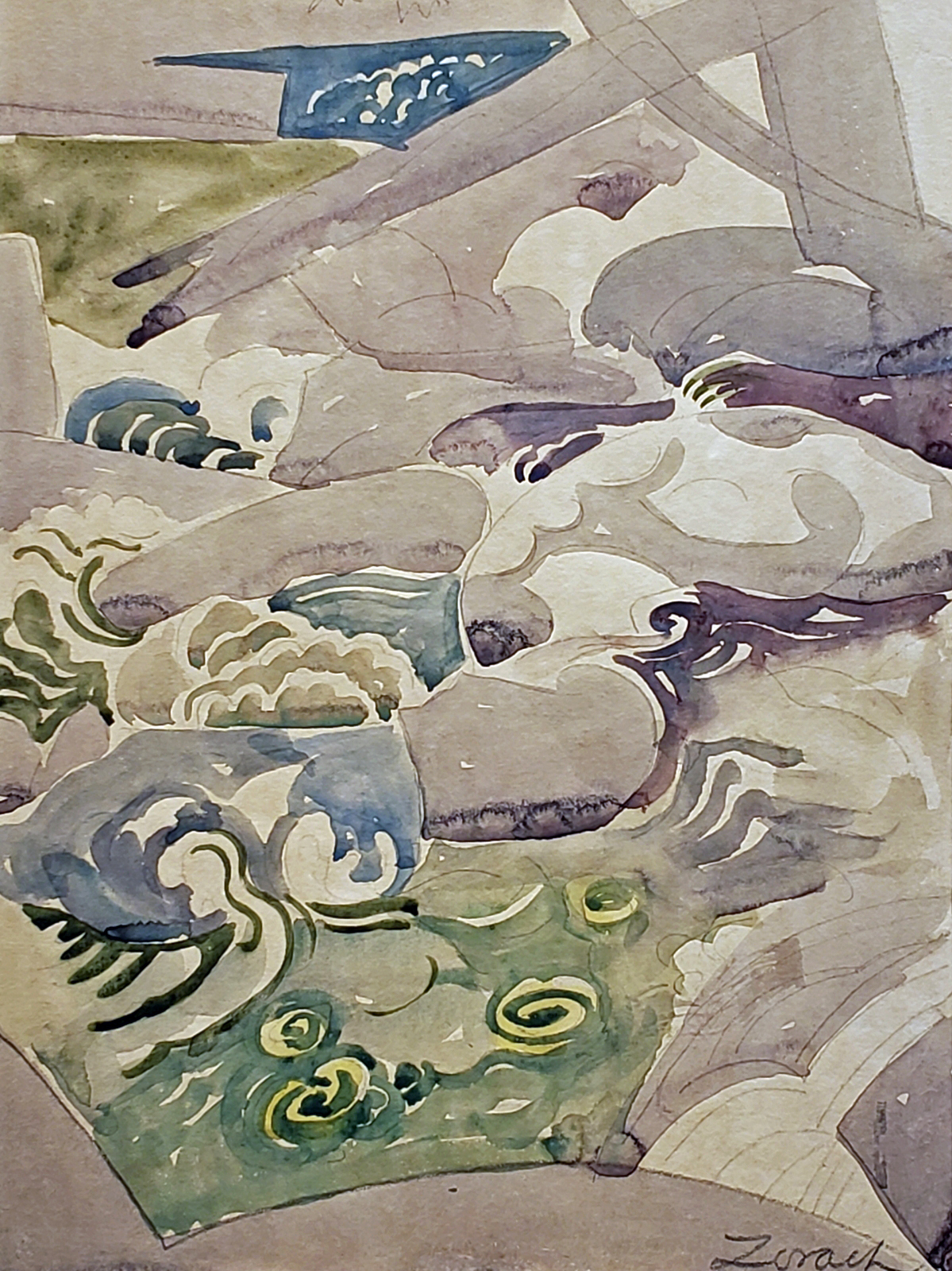Born in Lithuania, William Zorach immigrated with his family to Cleveland, Ohio. Showing artistic talent at a young age, Zorach began studying lithography at the Cleveland School of Art on the recommendation of his seventh grade teacher and was soon apprenticing at a lithography firm. In 1907, he moved to New York and enrolled at the National Academy of Design where he received several awards for his paintings and drawings. In 1910, he continued his studies in Paris at La Palette. There he was influenced by the Cubist and Fauvist movements and submitted several paintings to the Salon d’Automne. This success fueled his career at home where he was honored with his first one-man exhibition. In 1912, he married Marguerite Thompson, a fellow artist whom he had met at La Palette. They moved to New York, established a studio, and a year later, their work was accepted into the Armory Show.
Until 1922, the year he completed his last oil, Zorach continued to think of himself as a painter. Then, while working on a series of wood-block prints, Zorach realized he was more interested in the wood panel than in the print and turned it into a carved relief. Thereafter, his drawings and watercolors, which he continued to create through the end of his career, would serve as studies for sculptures or as a respite from the labors of carving stone.
In 1923, Zorach bought a farm in Maine, where he and his family would spend their summers. He continued to sculpt and was soon recognized as one of the country’s premier artists, honored with multiple commissions and exhibitions throughout the country.




